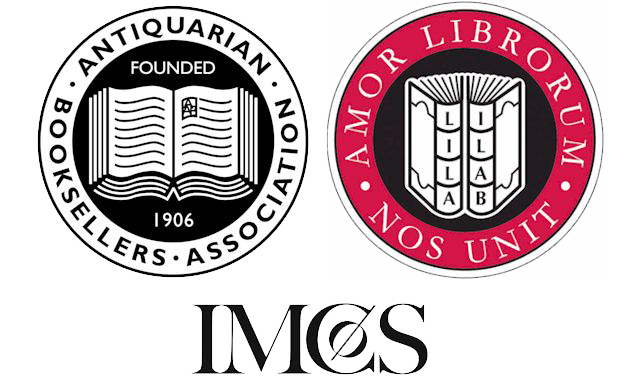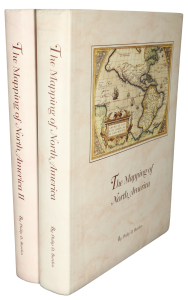Rare Maps and Prints
- World & Celestial
- North America
- West Indies, South & Central America
- British Isles
- British Isles
- English counties
- Large-scale
- Bedfordshire
- Berkshire
- Buckinghamshire
- Cambridgeshire
- Cheshire
- Cornwall
- Cumberland
- Derbyshire
- Devon
- Dorset
- Durham
- Essex
- Gloucestershire
- Hampshire
- Herefordshire
- Hertfordshire
- Huntingdonshire
- Islands
- Kent
- Lancashire
- Leicestershire
- Lincolnshire
- Middlesex
- Norfolk
- Northamptonshire
- Northumberland
- Nottinghamshire
- Oxfordshire
- Rutland
- Shropshire
- Somerset
- Staffordshire
- Suffolk
- Surrey
- Sussex
- Warwickshire
- Westmoreland
- Wiltshire
- Worcestershire
- Yorkshire
- Wales
- Scotland
- Ireland
- Western Europe
- Eastern Europe
- Middle East
- Africa
- Asia
- Australasia & Pacific
- Decorative Prints
- Title Pages
Mr. Philip D. Burden
P.O. Box 863,
Chalfont St. Giles, Bucks HP6 9HD,
UNITED KINGDOM
Tel: +44 (0) 1494 76 33 13
Email: enquiries@caburden.com
It is on a large scale of one inch to the mile and differentiates between woods and plantations, heaths and commons, different types of waterway and roads. Watermills, windmills, toll booths and railways are identified indicating their significance to the local economy. The railways at this point were all mining related. The Middlebere Tramway was a horse drawn railway and one of the first in southern England. It was built by Benjamin Fayle in 1805-06, a wealthy merchant in London, to carry Purbeck Ball Clay from the pits to Poole Harbour. The clay was used in potteries and demand was rising rapidly. The early 1800s was a time of rapid change in the landscape with the burgeoning industrial revolution.
A large vignette of Melcombe Regis, near Weymouth occupies the lower left corner. Their surveys utilised the latest system of triangulation adopted by Colonel Mudge and his surveyors for the Ordnance Survey. Indeed, they were in open competition with them. The Greenwood maps were coloured as opposed to the more functional black and white Ordnance Surveys of the period. Rodger (1972) 80; Tooley ‘Large Scale’ Map Collector 32 p. 18 DE4; Tooley’s Dictionary; Worms & Baynton-Williams (2011).
Map of the County of Dorset, From an Actual Survey made in the Years 1825 and 1826. By C. & J. Greenwood
SOLD








